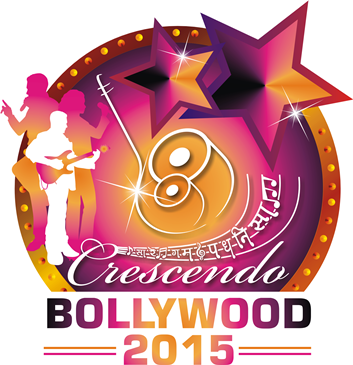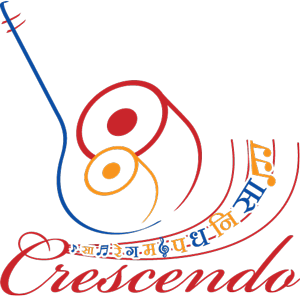Classification of Indian Musical Instruments - by Chaitanya Kunte
The pulse of nature is reflected in every movement of human beings. Human beings often express their feelings with body movements. After getting control over their body actions, humans started an articulated use of body gestures for expressing specific emotions such as joy, distress, grievance, etc. The rhythmic body movements such as clapping of hands, foot stomping, etc. made man to think of making percussion instruments. In the primary stage, man started making rudimentary percussion instruments, such as child's rattle. A burrow in the ground covered with skin made the elementary 'Dundubhi'. In the due process of advancement, man started making percussion instruments with wood, bamboo, animal skins, and metal.
In the NatyaShastra of Bharat Muni, the musical instruments are classified in four groups -
1. Tat Wadya: String instruments
2. Sushir Wadya: Blowing instruments
3. Awanadhha Wadya: Percussion instruments made with animal skin
4. Ghan Wadya: Solid instruments or Cymbals (A-tonal instruments) made by hard surfaces such as metal, wood, etc.
1. String instruments - In the earlier stage, the strings were made up with weeds, animal skins, hair, etc. After the technique of making metal strings was invented, it made great advancement. Ancient mythology states that string instruments were formed by the bow of Shiva. One can interpret it as when the ancient man got to know the sound of bow string while releasing the arrow out of it, the idea of making a musical instrument might have struck in his head and then he made such bow shaped string instrument. The frequency depends upon the length of the string and also on the distance of the string from the sound bridge. After a lot of experimentation, man started making the ancient Veena, i.e. lute. The instruments such as Tanpura, Veena, Sitar, Sarod, Sarangi, Israj, Dilruba are string instruments. These string instruments are further divided into 4 categories -
a. Plucked instruments such as Tapnura, Swar-Mandal, etc.
b. Stroking instruments such as Sitar, Sarod, etc and
c. Bowed instruments such as Sarangi, Israj, Violin,
d. Hammered instruments such as Santoor.
2. Blown instruments - 'Sushir' means a hole, so the instruments having holes from which air is blown for sound production are called 'Sudhir Wadya'. These instruments have an air column made up with bamboo, wood or metal, to which there are holes for producing notes. The blown instruments are further divided into two categories -
a. simple blown instruments such as flute, Shankh, Tutaari,
b. blown instruments with reeds such as Shehnai, Sundri.
3. Percussion instruments - 'Awanadhha' means 'to cover over or conceal', so these instruments have a sound box with covering of skin. The 'Bhoomi Dundudhi' is the most ancient instrument of such kind. According to the making and playing technique, the percussion instruments are divided such as -
a. played with stroke of fingers such as Khanjira, Duff, Dimdi
b. played with stroke of a stick such as Dhol, Sambal, Nagada
c. played with the palms of both the hands, such as Pakhawaj, Mridangam,
d. played with a thread attached at the middle portion with holding at centre point, such as Damroo.
e. played with palms as well as fingers, such as Tabla, Dholki, Dholak.
4. Solid instruments - 'Ghana' means solid, so these instruments are solid in state, not hollow in shape. These instruments are made with a variety of materials such as stone, bones, horns, wood, metals, etc. These instruments are further classified in 3 groups. They are as follows -
a. played with contact, such as Chipli, Taal
b. played with a stick or hammer, such as JalTarang, KaashthaTarang, Ghanta
c. played with rotation or free movement, such as Ghunghroo, Ghantika, Rattle, Kabas, etc.
Though they have attractive tonal quality, these solid instruments are basically a-tonal, i.e. they cannot produce various note on the same instruments, so they are used for maintaining the tempo or rhythm. So, one can find the use of solid instruments in other genres such as folk, film music, applied music rather than in classical music.
In modern era with the advent of some new instruments in India, two new categories are added to these traditionally accepted four categories -
a. Key board instruments - such as Harmonium, Organ, Piano, which are basically European instruments
b. Electronic instruments - we have many electronic musical instruments, including electronic Tanpura, electronic Tabla and so on.



